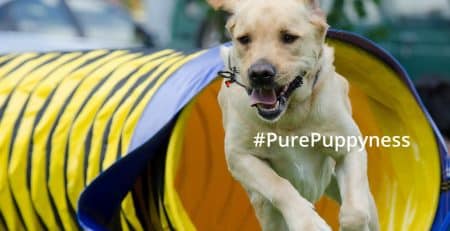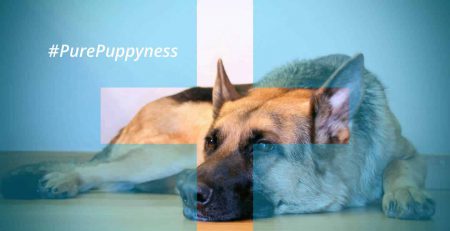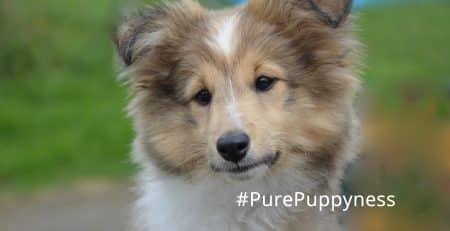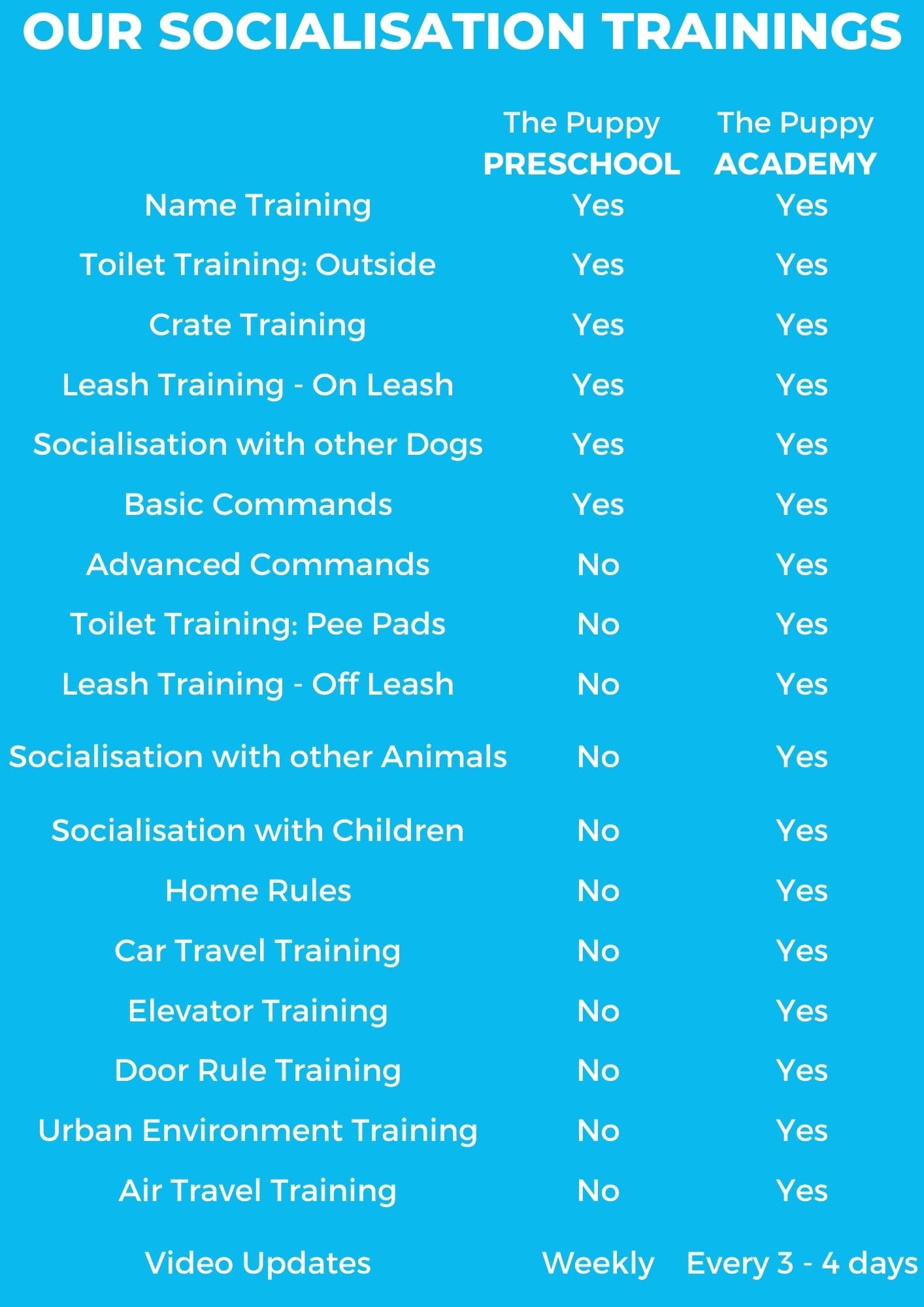My dog stopped eating and drinking
Just like parents with young children, dog owners revel in watching their dogs enjoy their food. After all that is what dogs are supposedly meant to do. Dogs are notorious for having a big appetite. They are also well known for eating anything just about edible, and even the unthinkable. It is therefore, very reasonable to get worried when a dog suddenly stops eating, drinking, or abstains from both.
Why did my dog stop drinking? How dangerous is it?
Dogs can survive for a significant amount of time without food but like most other animals, dogs need a steady supply of drinking water in order to survive for more than a few days and keep their metabolism running smoothly. Therefore when a dog stops drinking it is cause for alarm.
Dogs can stop drinking for a myriad of reasons. It is normal for older dogs to drink less due a decreased sensation of thirst, and also because of reduced water loss through panting due to reduced exercise. However, although this is normal, it does not mean that reduced drinking is healthy. Reduced drinking makes older dogs more prone to overheating and constipation. However old age is only one factor that might contribute to decreased or complete lack of thirst. Psychological or physical trauma might also cause partial or complete abstinence from drinking. Psychological trauma might set in after the animal goes through a life-altering, stressful experience such as a major change in its daily routine or even traumatic experiences such as surgery. Physical trauma can lead to serious injuries that might hinder the dog from drinking comfortably, or from drinking at all. Such physical traumas can be fractures of the mandible or other structures that have to do with allowing normal eating and drinking. There are also other injuries that keep the dog from reaching its food and water bowls. The dog might also stop drinking completely if it has something stuck in its oesophagus. Another factor can be if the dog finds the water provided to have a strange or unpleasant smell and taste. This can happen if the dog is relocated to another country; something becoming increasingly common as its becoming common practice to buy or adopt dogs from foreign countries. Last but not least, one should not exclude certain medical conditions such as diabetes, and infections of the urinary system that might be causing the dog’s unwillingness to drink. It is often the case that the dog goes back to its normal drinking habits once the issue is solved.
But what if the dog stops eating?
Lack of appetite is not as dangerous as not drinking if a dog was in good physical condition before its ailment. The body, normally, has enough fat stored under its skin and between its organs, to keep the animal going for a couple of days or even weeks. However, an animal cannot go without food indefinitely, as this will inevitably emaciate the animal leading to its eventual death. A dog might stop eating for many of the same reasons as when it stops drinking. Besides an actual blockage or injury of the mouth and oesophagus, a dog might find difficulties to eat due to some congenital deformities. Examples of such deformities can be if the dog has a cleft palate, a severe under-bite or over-bite, mega-oesophagus and some other conditions related with the oral and digestive system. Such congenital conditions can either be solved through surgery or not at all. In the case that a dog has a deformity that can’t be solved by surgery, euthanasia might be a humane option in order to avoid letting the dog live a life full of unnecessary suffering. In some cases like mega-oesophagus, the dog might be able to survive and lead a decent life if owners have the energy and motivation to feed such dogs using specific methods. However, these methods can be very time consuming and not everyone feels able to live with the kind of commitment that these dogs demand.
So how can I go about it?
One should not immediately feel alarmed if a dog is not eating or drinking as much as usual. Attempt to entice the dog to drink during the first 24 hours of your dog not drinking. Do this by adding some sort of flavouring to the dog’s drinking water. A good idea is to give the dog plain meat broth, or mix a little bit of sugar or honey in its water. Usually this is enough to motivate it to drink as more often than not most dogs need little motivation to start drinking again within the first 24 hours of abstaining from drinking water. However, one should be concerned if a dog stops drinking for more than 24 hours or stops drinking water in hot weather. In that case do not wait and take the dog to your trusted veterinarian.
It is less urgent if the dog stops eating. If the dog’s lack of appetite persists, do take the dog to a veterinarian. However, in the meantime, you can try feeding the dog other things that it might find more appetizing. One good dish is chicken and rice. If the dog is also suffering from diarrhoea one can add some pumpkin and carrots to help increase plant fibre in its diet and form firmer stools. Please do your research, and contact your veterinarian for more information before feeding your dog home cooked food. There are a number of food products that are not good for dogs to consume, and feeding these to your dog will only make your dog get from bad to worse.





















